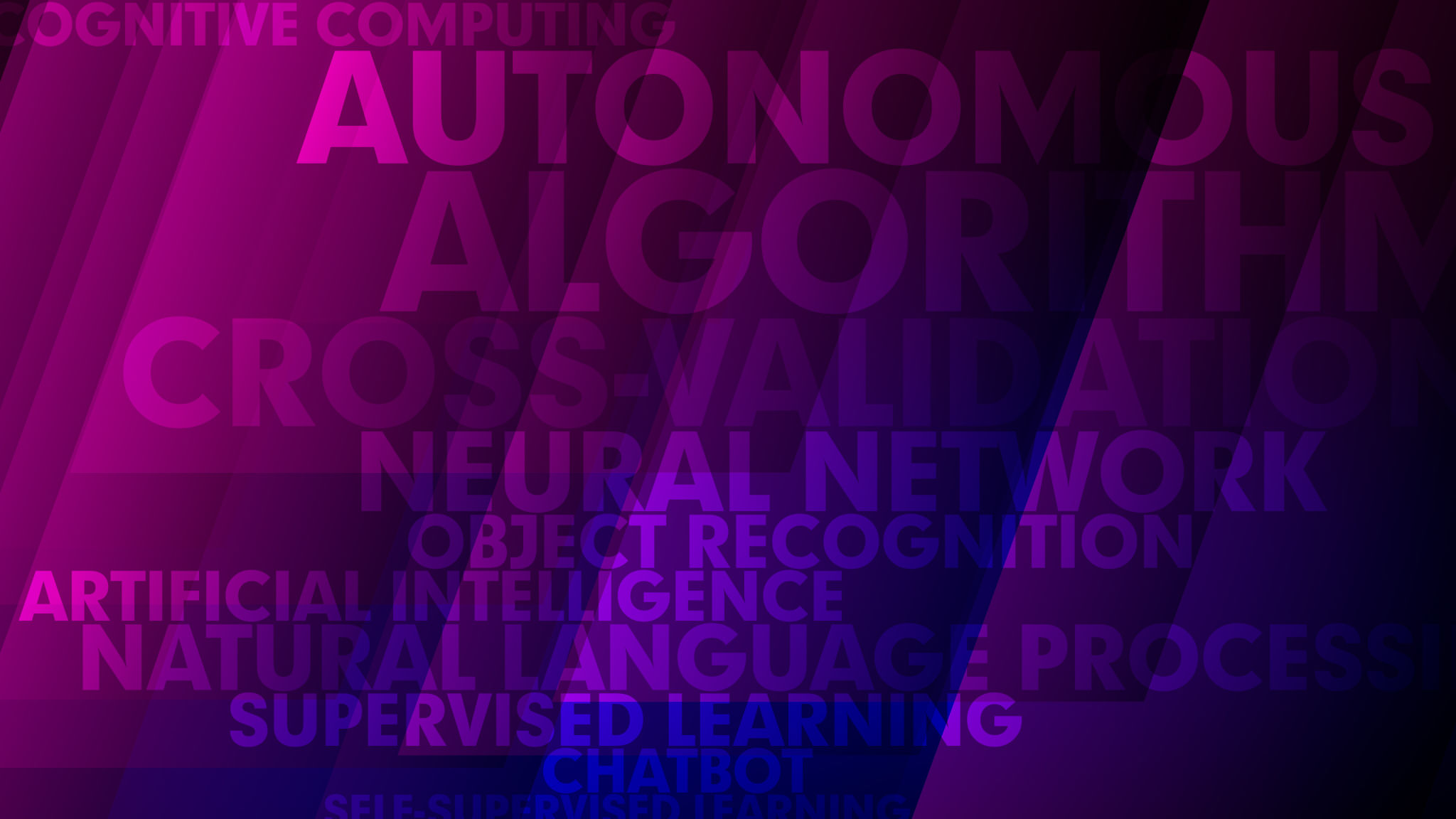How to Tackle Common Challenges in Hugging Face Model Tuning
Understanding the Basics of Model Tuning
Tuning models on Hugging Face can often be challenging, especially for beginners. Understanding the basics of model tuning is crucial to overcoming these challenges. The process involves adjusting hyperparameters to improve model performance, requiring patience and experimentation. Familiarizing yourself with the Hugging Face library and its extensive documentation can be a great start.
Choosing the Right Model
One of the first hurdles is selecting the appropriate model for your specific task. Hugging Face offers a wide range of models, each suited for different purposes. It's important to consider factors like model size, training data, and computational resources when making your choice. Selecting a model that aligns with your task requirements can streamline the tuning process and lead to better results.

Effective Hyperparameter Tuning
Hyperparameter tuning is a critical aspect of model performance optimization. It involves adjusting settings such as learning rate, batch size, and number of training epochs. To tackle this challenge, consider using techniques like grid search or random search to systematically explore different hyperparameter combinations. Keep in mind that small changes can have significant impacts on performance.
Monitoring performance metrics during this phase is essential. Metrics such as accuracy, precision, and recall can provide insights into how well your model is learning. By closely observing these metrics, you can make informed decisions about which hyperparameter settings are most effective.

Handling Data Imbalance
Data imbalance is a common issue that can affect model performance. When certain classes are overrepresented in your training data, it can lead to biased predictions. Techniques like data augmentation or resampling can help mitigate this issue. Additionally, consider using weighted loss functions to give more importance to minority classes during training.
Leveraging Pre-trained Models
Hugging Face provides access to numerous pre-trained models that can be fine-tuned for your specific tasks. Leveraging these models can significantly reduce the amount of data and computational resources required for training. By building on existing knowledge, you can achieve faster convergence and improved performance.

Addressing Overfitting and Underfitting
Overfitting and underfitting are common challenges in model training. Overfitting occurs when a model learns the training data too well, capturing noise instead of patterns, while underfitting happens when a model fails to learn adequately from the data. Strategies like early stopping, regularization techniques, and dropout layers can help manage these issues effectively.
Another approach to combat overfitting is data augmentation, which involves adding noise or altering the input data to create a more robust training set. This technique helps models generalize better by exposing them to varied data patterns.

Utilizing Community Resources
The Hugging Face community is a valuable resource for tackling challenges in model tuning. Engaging with forums, attending webinars, and participating in discussions can provide insights and alternative approaches to problem-solving. Collaborating with others can help refine your skills and broaden your understanding of complex tuning issues.
In conclusion, while tuning Hugging Face models presents various challenges, understanding the basics, selecting the right model, effective hyperparameter tuning, handling data imbalances, addressing overfitting and underfitting, and leveraging community resources are key strategies to overcome them. With persistence and the right approach, you can optimize your models for superior performance.